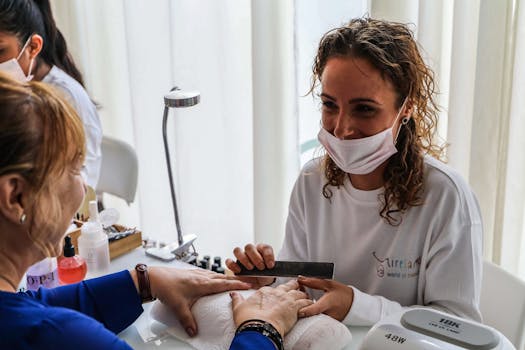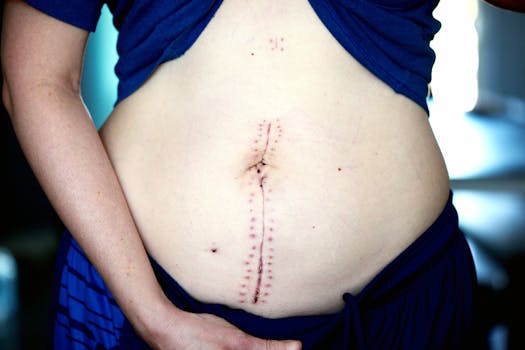Pmma Injections are an option patients may consider when seeking longer-lasting facial volume and contouring. Unlike temporary hyaluronic acid fillers, PMMA-based products can provide semi-permanent support because they contain tiny beads suspended in a carrier gel. This article explains how the polymethylmethacrylate filler works, what to expect from a pmma procedure, and the typical pros and cons so you can make an informed decision with your provider.
pmma dermal filler: how it works and who it’s for
PMMA (polymethylmethacrylate) fillers combine microscopic acrylic beads with a collagen or gel carrier. When injected, the carrier initially provides immediate volume. Over time the carrier is absorbed and the pmma filler beads remain in place, stimulating collagen formation around them to maintain structure. Candidates often include people looking for durable correction of lines, shallow scars, or facial depressions who understand the longer-term commitment of pmma injectable filler compared with temporary options.
Key differences from temporary fillers
Compared with hyaluronic acid options, pmma fillers are not reversible with an enzymatic antidote, and they are designed to last much longer. The permanence can be a benefit or a drawback depending on the aesthetic outcome. Discussing expectations with an experienced injector is essential before any pmma procedure.
Benefits, risks, and common results
Understanding both pros and cons helps set realistic expectations for pmma injections. Results are often longer-lasting, and many patients report sustained improvement in contour and volume months to years after the initial treatment. However, because the beads persist, complications like nodules, granulomas, or asymmetry can be more difficult to treat than with temporary fillers.
- Pros: long-lasting support, fewer repeat visits, can stimulate natural collagen.
- Cons: limited reversibility, potential for long-term complications, requires a skilled injector.
- Typical results: immediate volume from the carrier, progressive stabilization as collagen forms around the polymethylmethacrylate injections.
Procedure, recovery, and aftercare
The pmma procedure typically takes under an hour, often performed in-office with topical or local anesthesia. After injection, mild swelling and bruising are common, and patients usually resume routine activities within a day or two. Because the beads are permanent, providers often recommend staged treatments to fine-tune outcomes, using smaller initial volumes.
Follow-up care focuses on monitoring for any delayed reactions. If you are combining facial contouring with other facial surgeries or considering timing around nose surgery, it’s important to coordinate recovery plans—see the rhinoplasty recovery timeline—what to expect after nose surgery for guidance on timing around rhinoplasty and complementary procedures: rhinoplasty recovery timeline—what to expect after nose surgery.
Safety and regulation
Not all PMMA products are identical; formulation and bead size affect outcomes and risk. It’s wise to review official guidance and safety information from recognized health authorities before proceeding. For more on regulatory perspectives and safety considerations for dermal fillers, consult the FDA’s specific guidance on dermal fillers: FDA guidance on dermal fillers.
Choosing a provider
Because pmma filler is long-lasting, choosing an experienced, board-certified clinician is crucial. Ask about the provider’s experience with pmma fillers, complication management, before-and-after photos, and whether they use ultrasound or other imaging to guide placement in complex cases. A reputable practitioner will discuss alternatives like hyaluronic acid fillers and candidly explain when pmma fillers may or may not be the best option.
Cost considerations
Upfront costs are usually higher than for single treatments with temporary fillers, but longevity can make pmma fillers cost-effective over several years. Remember to account for potential costs if revision or management of complications is necessary.
Summary and decision checklist
PMMA dermal filler and pmma filler options deliver a durable approach to facial augmentation, but they require careful consideration due to permanence and potential long-term complications. Below is a quick checklist to review before proceeding:
- Confirm realistic goals and whether a semi-permanent option fits them.
- Verify your provider’s experience with pmma fillers and complication management.
- Discuss staged treatment plans and post-procedure follow-up.
- Review alternatives like hyaluronic acid to compare reversibility and longevity.
FAQ
Q: How long do results from pmma injections last?
A: Results can last several years because the beads remain in place and stimulate collagen. Maintenance needs are typically lower than with temporary fillers, but outcomes vary.
Q: Can pmma fillers be removed if I don’t like the result?
A: Unlike hyaluronic acid, pmma injectable filler is not easily dissolved; revision may require surgical removal or management of complications. Careful provider selection and conservative initial treatment are important.
Q: Are pmma fillers safe for everyone?
A: Not necessarily. People with active skin infections, certain autoimmune conditions, or a tendency to form keloids may not be ideal candidates. Discuss your medical history and alternatives like pmma fillers or other options with a qualified clinician.






